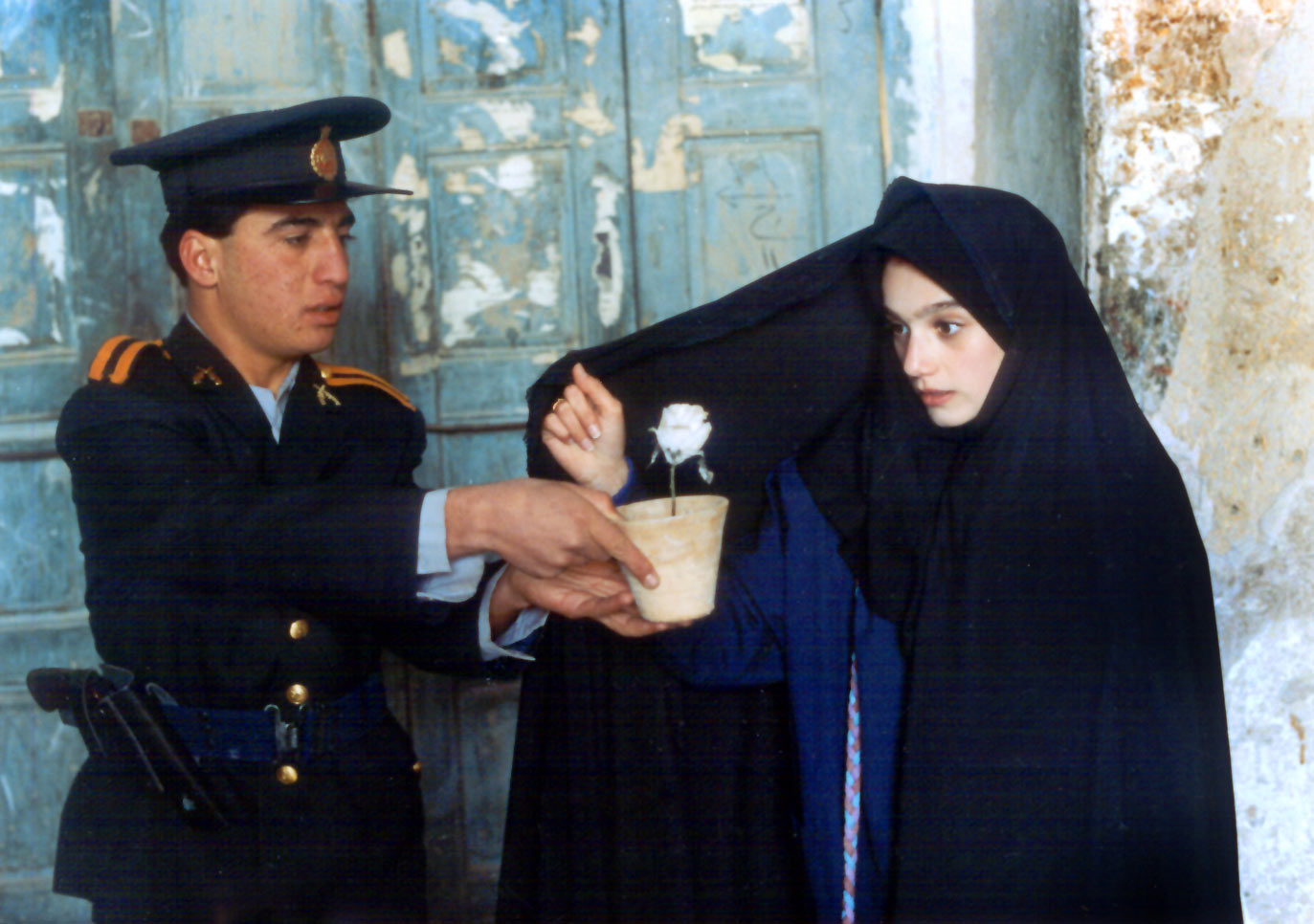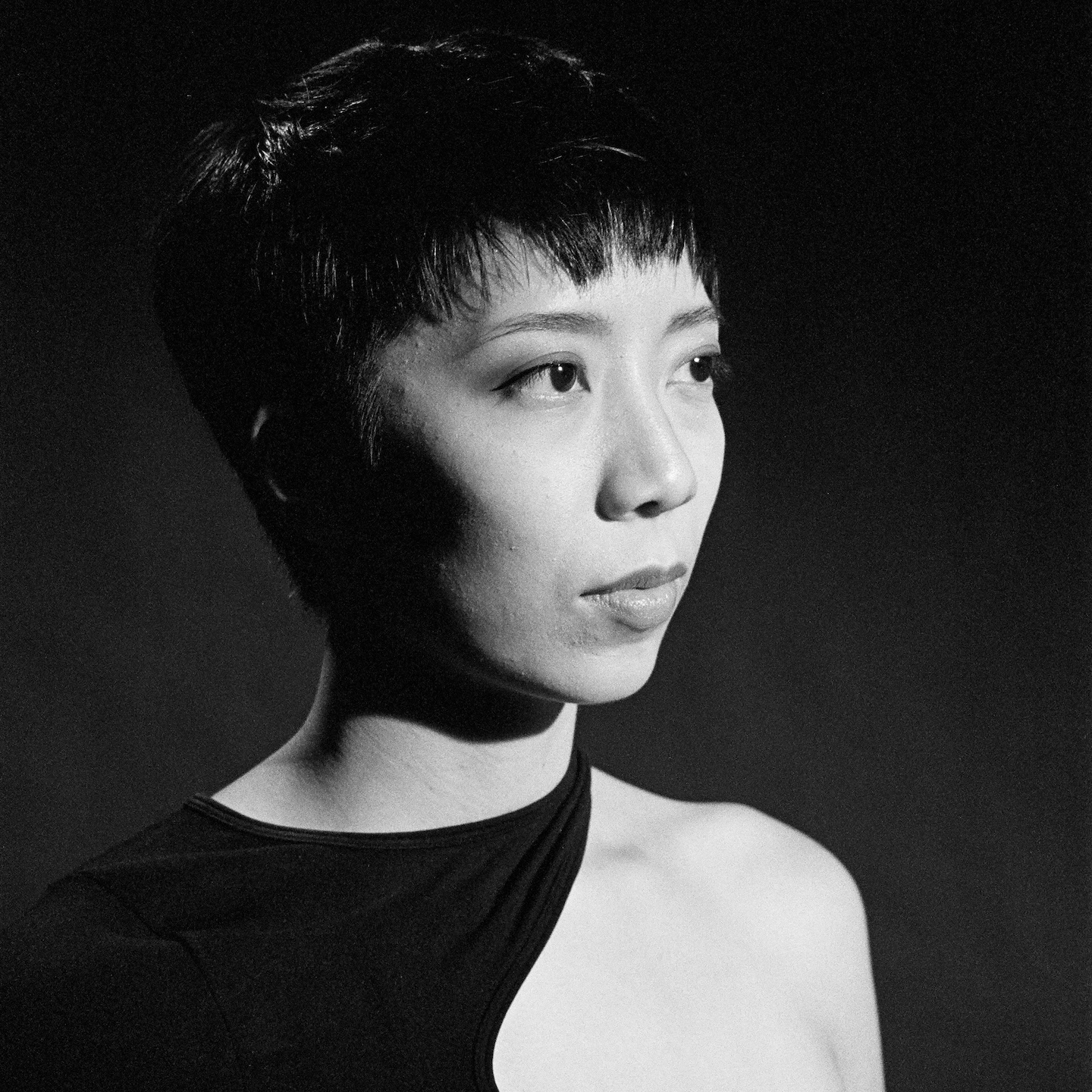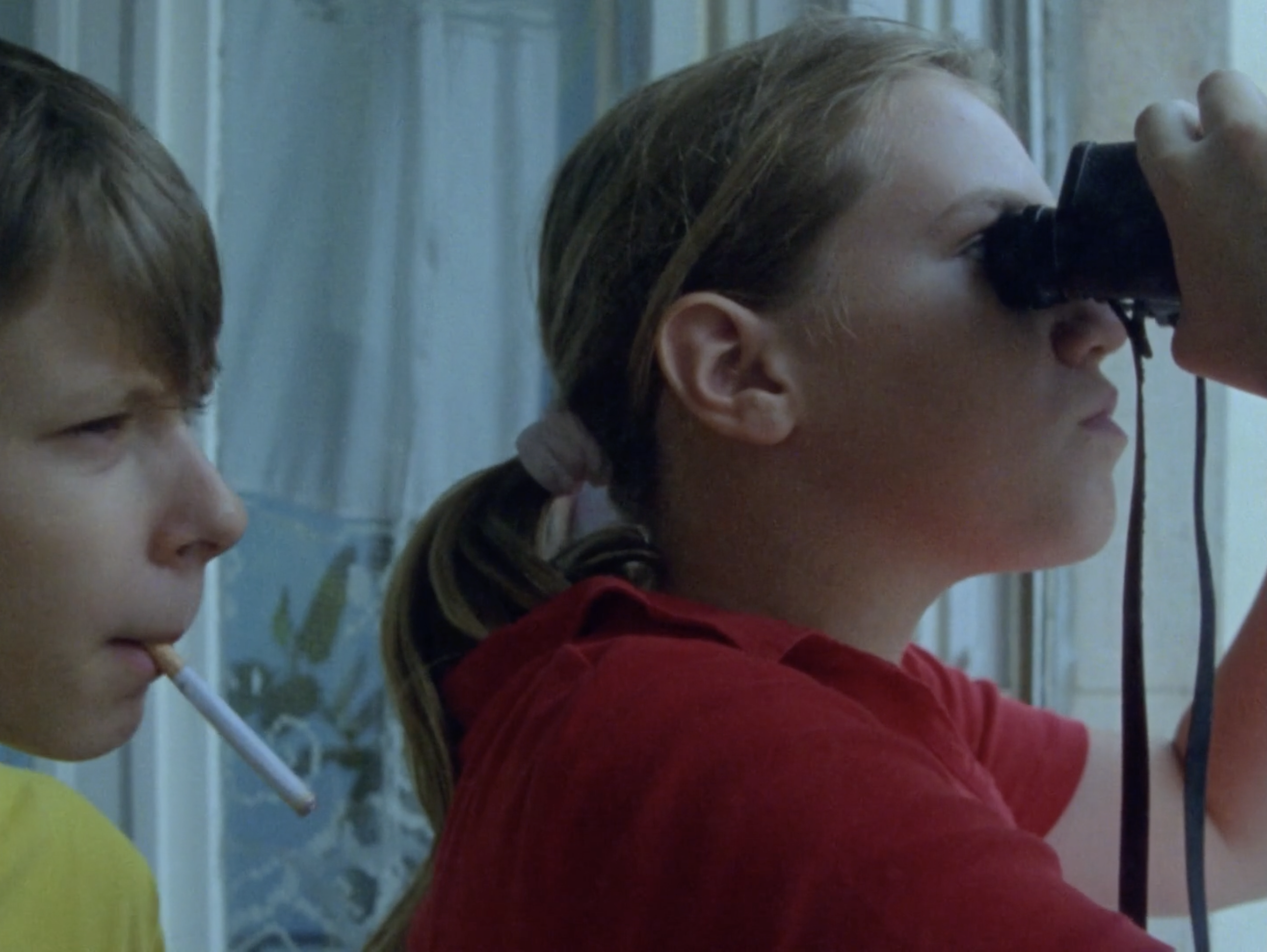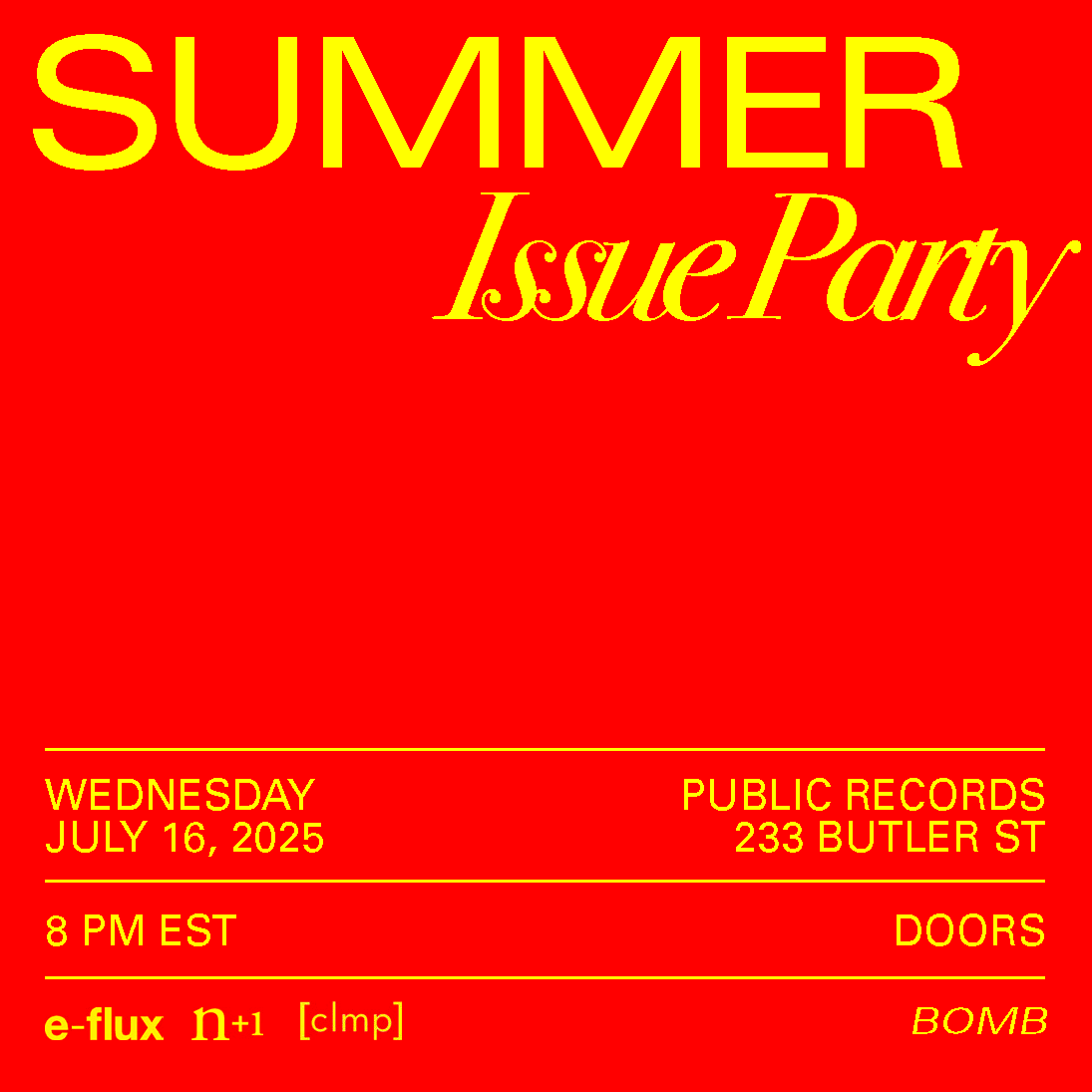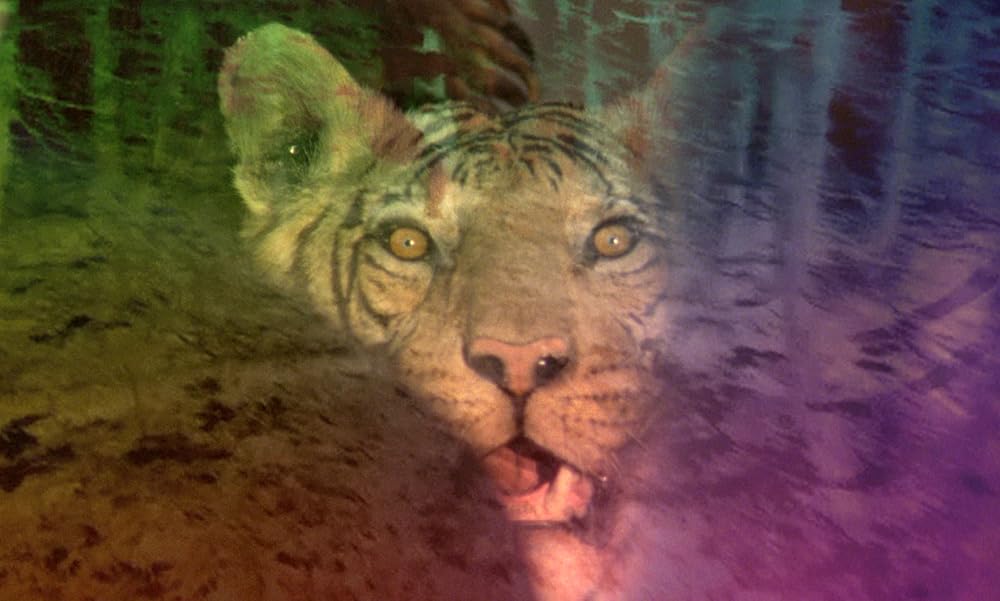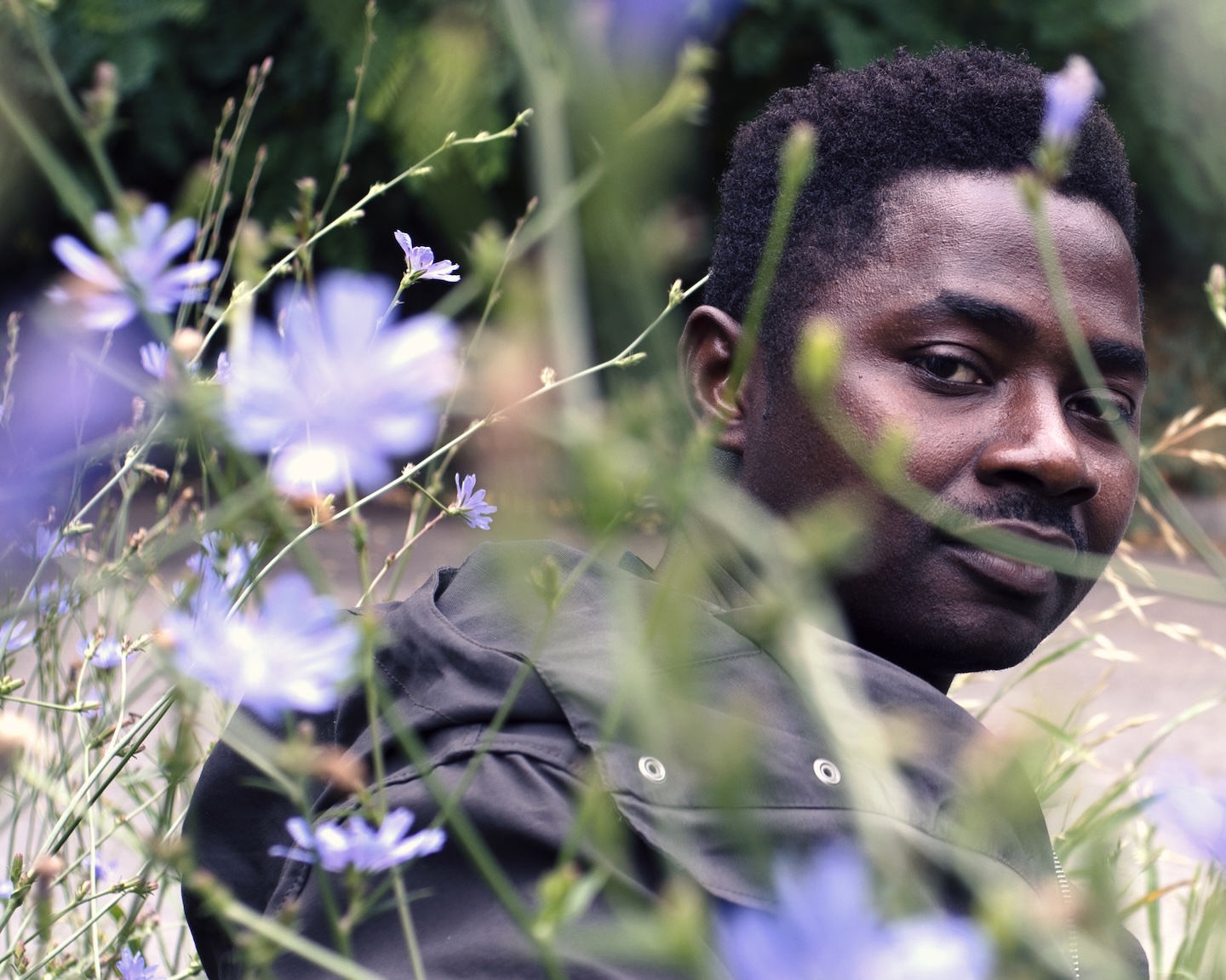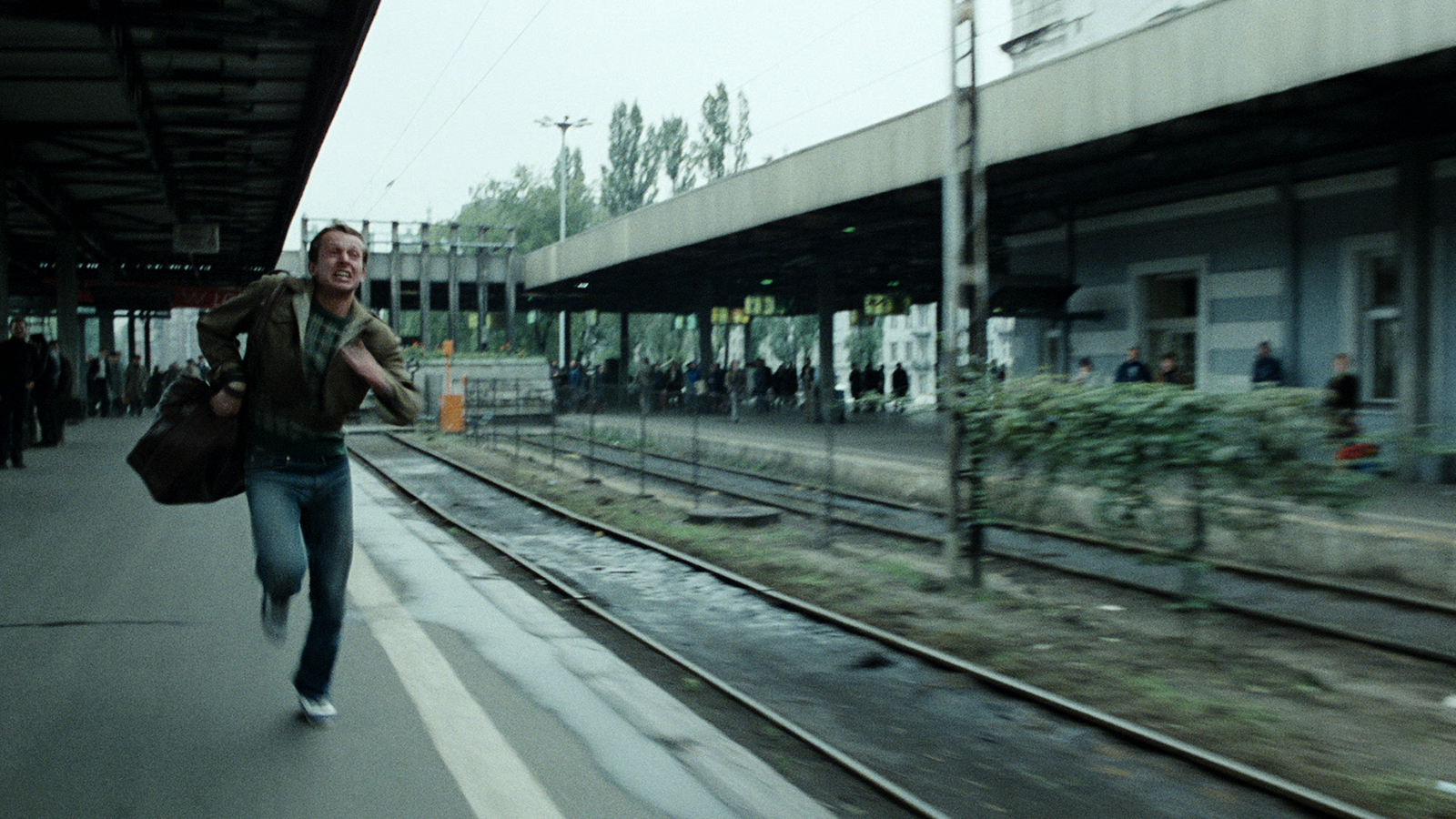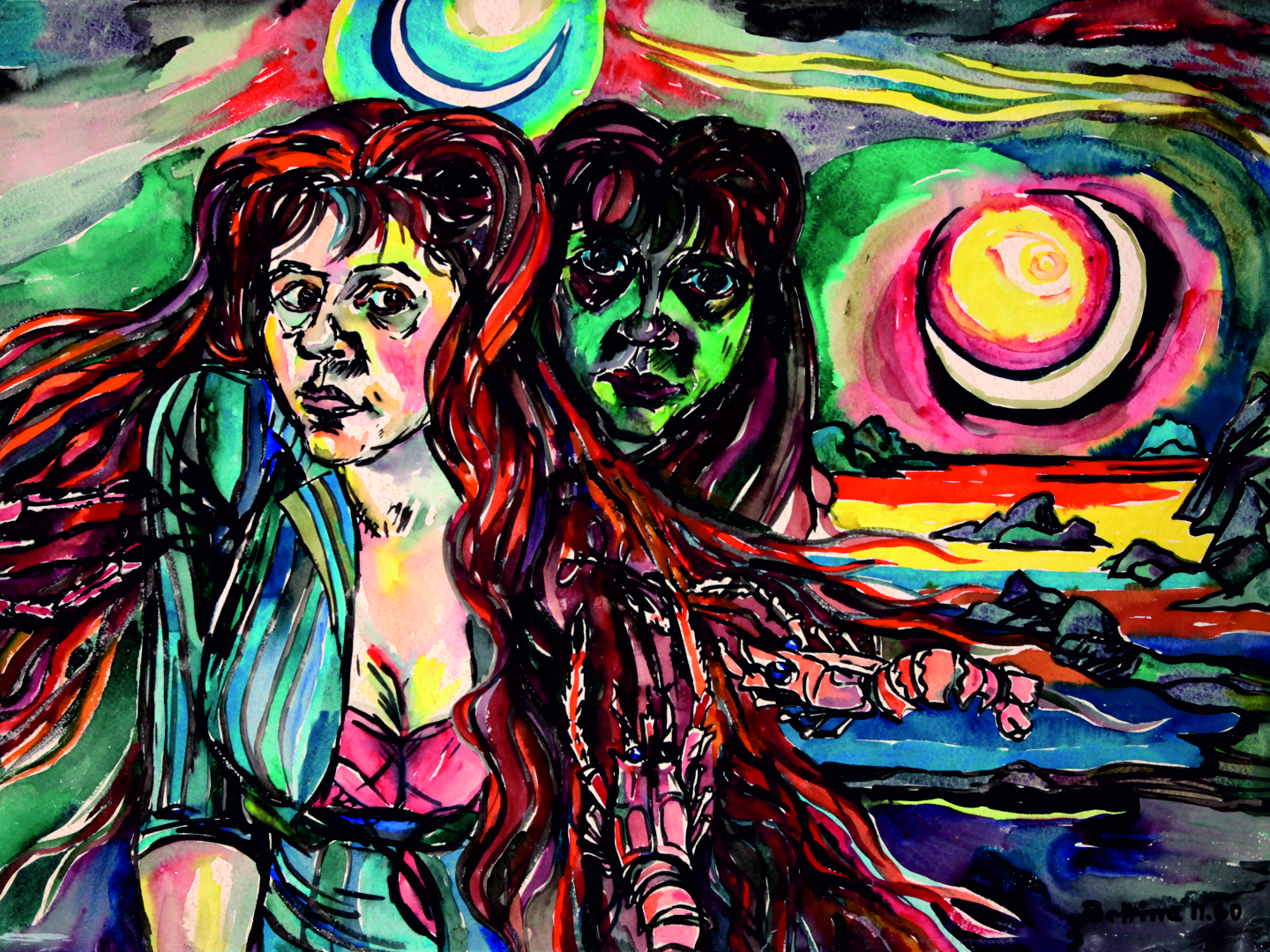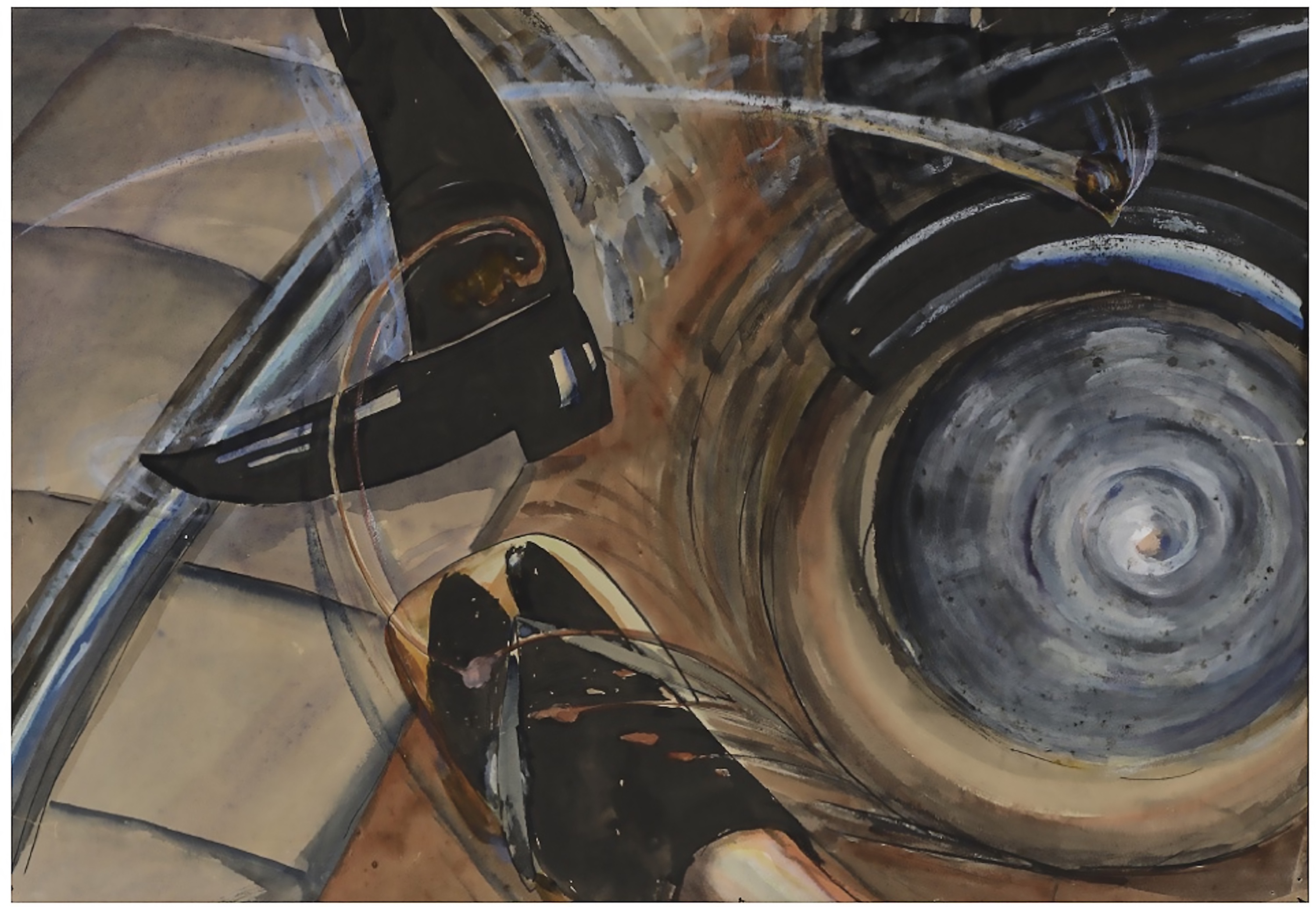Exhibitions at Museo Universitario Arte Contemporáneo
Teresa Margolles, Nicolás Paris, Carlos Cruz-Diez,
Edgardo Aragón Concha Jerez and José Iges
Through February 2013
Museo Universitario Arte Contemporáneo (MUAC)
Insurgentes Sur 3000
Centro Cultural Universitario
México, D.F.
T +52 (55) 5622 69 39 / +52 (55) 5622 69 72
difusion@muac.unam.mx
Teresa Margolles: La Promesa (The Promise)
Curator: María Inés Rodríguez
Continues to January 6, 2013
Conceived for her solo exhibition at MUAC, Teresa Margolles’s The Promise is the result of a long-standing investigation that the artist began several years ago in Ciudad Juarez. With the arrival of the maquiladoras, this border town and transit city to the North became a place of real opportunities, generating expectations for thousands of migrants from all over the country who relocated there with the idea of building “a better future.” As in many other cities in Mexico, in recent years inhabitants of Juarez have been directly affected by the economic crisis, the impact of the drug trade, and the devastating violence that these phenomena generate. For this project the artist focuses on the house as a paradigm that synthesizes the original aspirations and their cataclysmic failure, the house as testimony of an inconclusive promise.
Teresa Margolles was born in Culiacán, México; she lives and works in Madrid.
Nicolás Paris: Ejercicios de resistencia (Resistance exercises)
Curator: María Inés Rodríguez
Continues to January 6, 2013
Nicolas Paris’s Resistance Exercises is the inaugural project of the Espacio Experimental Pedagógico, a new research platform at MUAC that brings the exhibitions and public programs into closer collaboration. Taking place within an architectural setting designed by the artist, the project is aimed at activating and generating working methods that stimulate the idea of the museum as a platform for thinking. Resistance Exercises focuses on three fundamental fields of interest: architecture as model, education as system, and drawing as tool.
Nicolás Paris was born in Bogotá, Colombia, where he lives and works.
Carlos Cruz-Diez: El color en el espacio y en el tiempo (Color in Space and Time)
Curator: Mari Carmen Ramírez
October 27, 2012–February 24, 2013
The first retrospective of Franco-Venezuelan artist Carlos Cruz-Diez presents a selection of 120 works produced from 1940 to the present, presenting an overview of the extensive output of a key figure in 20th- century art, noted for his theoretical and visual contributions to notions of color perception. A researcher into the origins and optical effects of color, Cruz-Diez based his artistic work on the idea of color understood as an autonomous reality that is modified in real time and space, without assistance from the form and even without the need for a support. In his view, color depends on the movement of the spectator in front of the work and entails a participatory experience.
The exhibition is organized by The Museum of Fine Arts, Houston (MFAH) and the Cruz-Diez Foundation.
Proyecto Sexta Sur
Por amor a la disidencia (For the love of dissent)
Curators: Cecilia Delgado Masse and Alejandra Labastida
Coproduced with the Museo Amparo, Puebla, México
Edgardo Aragón
Continues to January 2013
In Tinieblas (Darkness), 2009, starting with a series of reflections about the conflicts resulting from cross-border migration, Edgardo Aragón undertakes an investigation into the territorial limits of his city of birth, Ocotlán de Morelos, in Oaxaca, one of the largest states in Mexico. It is divided into 570 municipalities, some of which are wholly enclosed by others, leading to territorial conflicts relating to cultural diversity and to the politics of appropriating space, where the strategic and political code for establishing such limits is the mojón, or boundary marker.
Tierras de nadie: cartografía sonora (No One’s Land: Sonic Cartography)
Concha Jerez and José Iges
Continues to January 6, 2013
With this work the artists propose an acoustic immersion into a no one’s land (spaces that are deregulated or of changeable regulation and also places of disorientation), charted from the recordings of sonic actions that the artists have carried out in different places.

